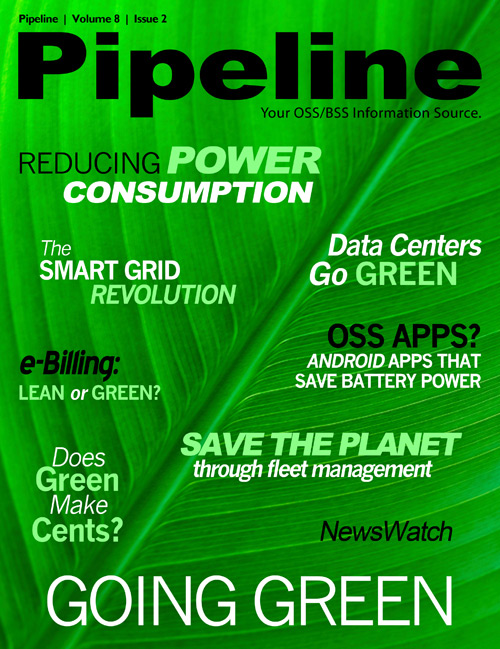By: Jesse Cryderman

As a high school student, I was an active debater; not the type that stirred the pot around the lunch table, but a member of the debate team, a group whose membership meant better luck on college entrance exams and generally worse luck at prom. Armed with the principles of deductive logic, we set about facing down our equally equipped opponents from other schools on weeknights in semi-lit basements around the state. Okay, so it wasn't like Fight Club for nerds, but you get the picture.
The statewide debate topic my senior year was the environment: green initiatives, recycling, energy management, and the like. Many of the solutions we investigated have since been implemented around the world: we've seen hybrid and electric vehicles moved from concept to mass-production reality; wind and solar energy powering data centers; and even recaptured methane gas from water treatment powering breweries (New Belgium). But back in the 90s, before these changes came to pass, I felt that environmental initiatives weren't rapidly enacted simply due to greed and laziness on the part of the ubiquitous yet elusive “Man.” I didn't understand the complexity and scale of some of the problems we debated, nor the actual cost of viable solutions. And in many cases, a regulatory overlay existed that colored the entire landscape of options. Smart energy management was one such conundrum.
Today we refer to smart energy management and the underlying networks that enable it as smart grid. For the purposes of this article, the term smart grid encompasses both the modernization of the energy grid itself as well as the provisioning/management of energy services and the end-user devices. Herein, a smart grid:
- Predicts and responds to usage patterns and peak demand.
- Optimizes the power grid around efficiency and clean/green resources.
- Dramatically improves reliability.
- Exhibits a very high level of cybersecurity.
- Utilizes self-healing technology.
- Enables end-users to monitor and manage their consumption in real-time.
- Creates incentives to manage peak energy usage.


The potential positive impact of smart grid is astounding. Following the modern communication revolution, smart grid implementation it is probably the largest advance in the past century in terms of scope and impact. And at the forefront of the smart grid revolution are the carriers, poised to enable and monetize this global energy transformation.
How Big is smart grid?
By all accounts, the market for smart grid transformation is enormous, and so are the positive benefits. Sustainable technolgy analysts Greenbang predict the European smart electricity market will reach $25 billion by 2020. ABI Research predicts smart grid spending will top $45 billion by 2015. In “Benefits of a Transformed Energy System,” a report commissioned by the US Department of Energy, researchers calculated that a smart grid transformation in the US would net $46 to $117 billion savings over 20 years. And in South Korea, home to the world's largest smart grid testbed, the government aims to have a fully integrated smart grid by 2030 and . Clearly we're talking very big numbers, and there is immense and urgent interest in smart grid from worldwide governments, utility companies, and network providers.





